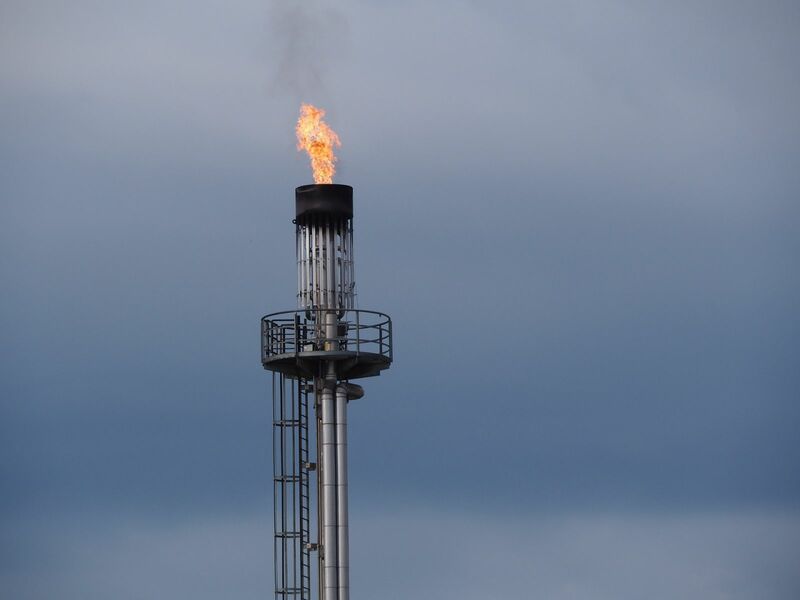
April Nymex natural gas (NGJ24) on Tuesday closed +0.041 (+2.14%).
Nat-gas prices on Tuesday added to Monday's gains and posted a 1-month high. Nat-gas prices have been climbing on carryover support since Monday when EQT Corp, the largest U.S. nat-gas producer, said it would cut about 30 to 40 billion cubic feet of net production through March in response to low prices. Gains in nat-gas were limited on the outlook for warm U.S. winter temperatures to reduce heating demand for nat-gas that will keep supplies elevated. On Tuesday, the Commodity Weather Group said forecasts for the central to the eastern U.S. have shifted warmer for March 10-14.
Nat-gas prices have collapsed this year and plunged to a 3-1/2 year nearest-futures low (H24) last week as an unusually mild winter curbed heating consumption for nat-gas and pushed inventories well above average. The U.S. Climate Prediction Center said there is a greater than 55% chance the current El Nino weather pattern will remain strong in the Northern Hemisphere through March, keeping temperatures above average and weighing on nat-gas prices. AccuWeather said El Nino will limit snowfall across Canada this season in addition to causing above-normal temperatures across North America.
Nat-gas prices are also under pressure after the Freeport LNG nat-gas export terminal in Texas said last Friday that one of its three production units will remain shut down until at least the middle of March after extreme cold in Texas damaged equipment. The unit's closure will limit U.S. nat-gas exports and increase U.S. nat-gas inventories.
Lower-48 state dry gas production Tuesday was 99.0 bcf/day (-1.1% y/y), according to BNEF. Lower-48 state gas demand Tuesday was 76.7 bcf/day (-3.3% y/y), according to BNEF. LNG net flows to U.S. LNG export terminals Tuesday were 12.5 bcf/day (-7.6% w/w), according to BNEF.
An increase in U.S. electricity output is positive for nat-gas demand from utility providers. The Edison Electric Institute reported last Wednesday that total U.S. electricity output in the week ended February 24 rose +1.7% y/y to 75,613 GWh (gigawatt hours), although cumulative U.S. electricity output in the 52-week period ending February 24 was unchanged y/y at 4,101,977 GWh.
Last Thursday's weekly EIA report was mixed for nat-gas prices as nat-gas inventories for the week ended February 23 fell -96 bcf, a larger draw than expectations of -85 bcf but a much smaller draw than the five-year average for this time of year of -143 bcf. As of February 23, nat-gas inventories were up +12.3% y/y and were +26.5% above their 5-year seasonal average, signaling ample nat-gas supplies. In Europe, gas storage was 63% full as of February 26, above the 5-year seasonal average of 47% full for this time of year.
Baker Hughes reported last Friday that the number of active U.S. nat-gas drilling rigs in the week ending March 1 fell by -1 rig to 119 rigs, moderately above the 2-year low of 113 rigs posted September 8. Active rigs have fallen back since climbing to a 4-1/2 year high of 166 rigs in Sep 2022 from the pandemic-era record low of 68 rigs posted in July 2020 (data since 1987).
On the date of publication, Rich Asplund did not have (either directly or indirectly) positions in any of the securities mentioned in this article. All information and data in this article is solely for informational purposes. For more information please view the Barchart Disclosure Policy here.






